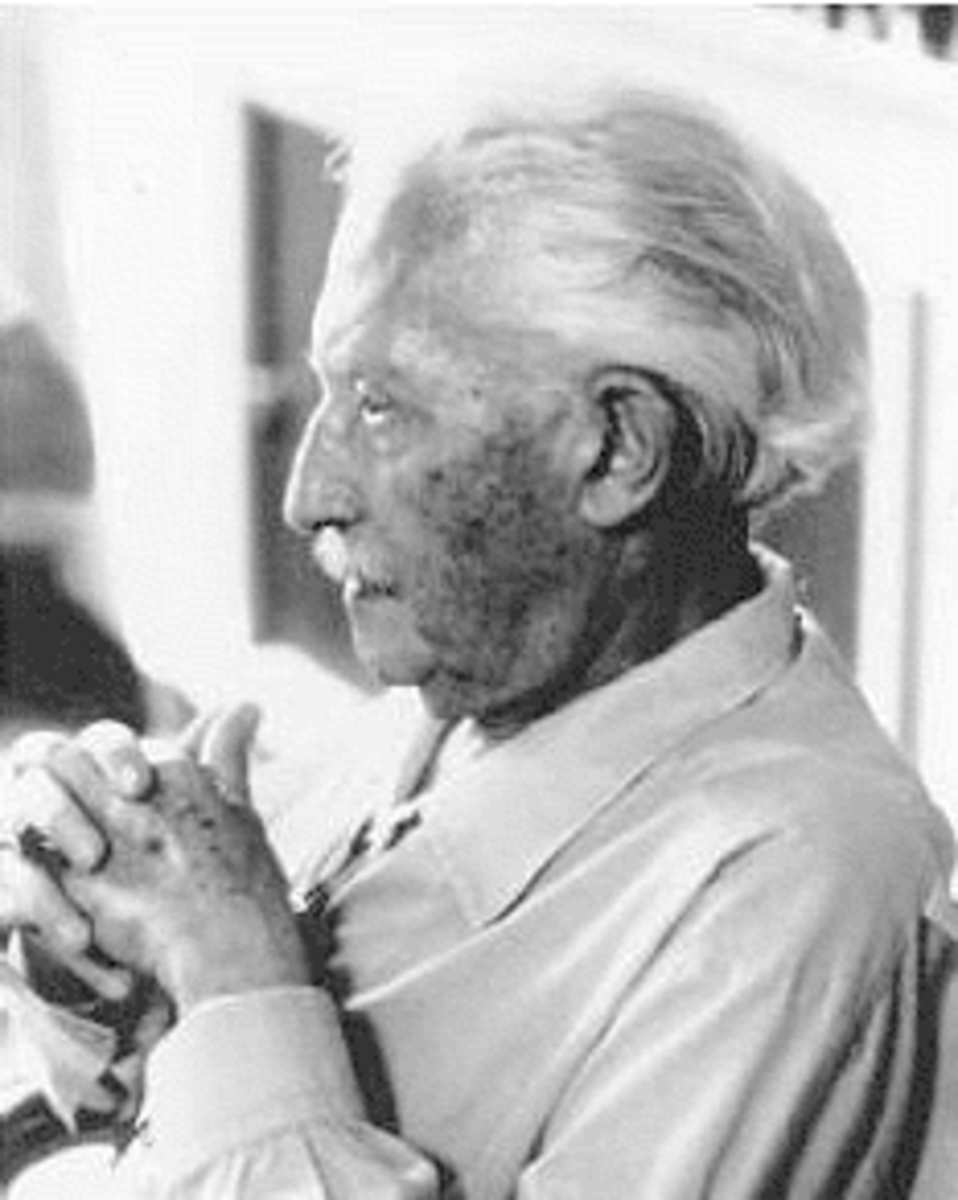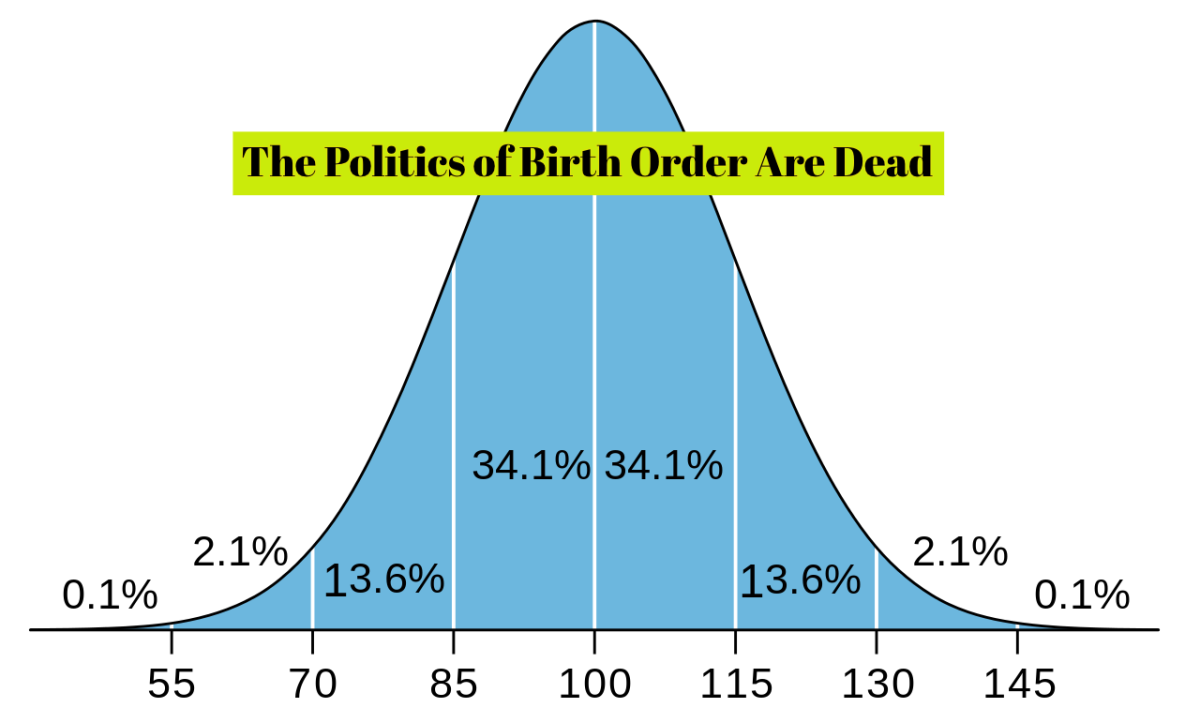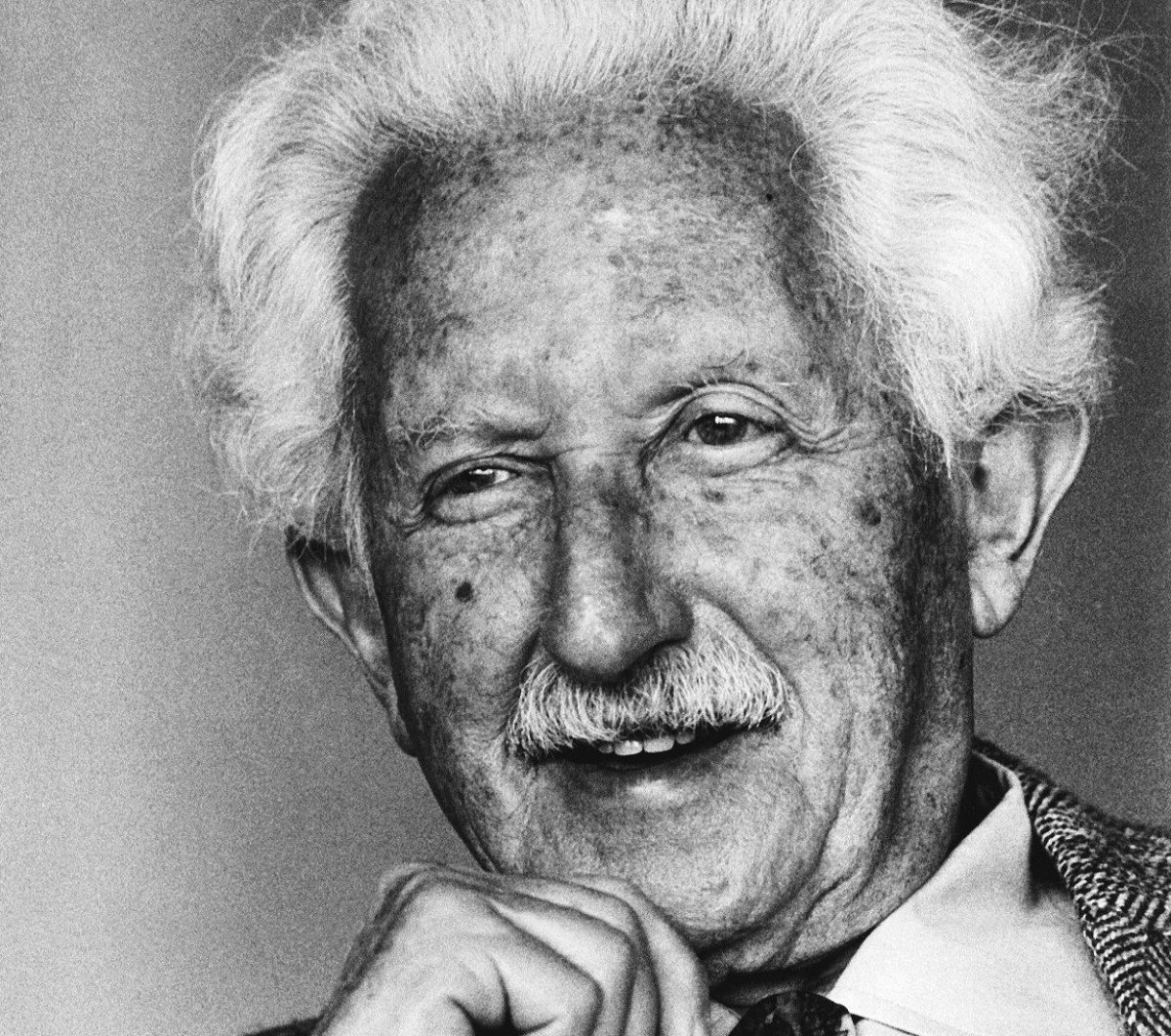Understanding Personality: Consistency and Change throughout One's Adult Life
Introduction
Personality is the overall term that encompasses a person’s emotions, attitudes, actions, and personality traits such as being shy or assertive or being an introvert or an extrovert. Personality also encapsulates our likes, dislikes, our values, our preferences, our needs, and our desires. Self-concept, feelings about our past, the goals that we have, our plans, our unconscious motivations, and our conscious intentions and actions. A person’s personality seems to pretty much stay the same throughout a person’s adult life. It is not to say that changes (good or bad) in one’s personality cannot occur. If a person wants to make changes in his or her personality, it is very possible, with work, for that person to do so. This research paper examines nature, theories of personality, and the consistencies and changes of character throughout the adult years from young adulthood through the elderly years.
Phase 1 – Focus on Change: The Kansas City Studies of Adult Life
During the early part of the 1950s, a team of researchers directed by Bernice Neugarten, a psychologist at the University of Chicago psychologist Bernice Neugarten. For their study on personality, Neugarten selected a representative group of men and women who were white, middle-aged and elderly, middle class, married American couples who lived in Kansas City, Missouri. They were interviewed first and then tested over several years (Neugarten & Associates, 1964). The Kansas City Studies of Adult Life was the earliest major study of personality change in middle and later life (Belsky, 1999a). These studies did not truly fit the criterion as being a longitudinal study since the examiners charted the subjects for just a few years. If these studies had been longitudinal studies, the information obtained would have been more beneficial for learning about personality comprising the span of adult life from early adulthood through the elderly years.
Phase 2 – Focus on Stability: Costa and McCrae’s Big Five Traits
Costa and McCrae utilized a factual strategy demonstrating the descriptive words which were used to delineate identity bunches into these five general classifications: (1) neuroticism, (2) extraversion, (3) openness to experience, (4) good faith and (5) appropriateness. Costa and McCrae considered that by measuring the routes in which these five great traits changed over a person’s grown-up life empowered us to decide reality in regards to most identity speculations and the generalizations on the advancement of character all through the adult years. On the unlikely chance that individuals turn out to be depressed in later life, neuroticism scores ought to achieve a crest in more seasoned grown-ups. In the unlikely chance that age makes us inflexible is right, then as individuals become old, they ought to show a decrease in openness to encounter. If older adults do pull away from the external world, extraversion evaluations ought to decline. Be that as it may, the volunteers' scores on each of these measurements were comparable at age 35 and 85. (Belsky, 1999f)
A constructive relationship discovered between individual inside change in extraversion and openness to experiences and a pessimistic relationship between individual inside change in conscientiousness, neuroticism, and agreeableness and inside personal change in a penchant for risk-taking behavior. (Josef, Richter, Samanez-Larkin, Wagner, Hertwig, & Mata, 2016)
Phase 3 – Focus on Change: Exploring Life Stories, Goals, Priorities, and Hopes
Dan McAdams measured generativity. McAdam's exploration group made significant strides in research by testing Erikson’s thought that generativity is a primary topic of grown-up life. They developed tests to gauge those qualities and searched for the anticipated contrasts at various ages (McAdams and de St. Aubin, 1992). McAdams and his partners considered generativity to include procedures, contemplations, and activities. As individuals move into young and middle age adulthood, an expansion of consciousness as having a commitment to being providers to future generations is expected (McAdams, 1994). (Belsky, 1999h)
These external world desires need supplementation by inner longing that has two segments: (1) being required by another person, and (2) being helpful to others. These two conditions bring out generative concern. Van de Water and McAdams, in 1989, stated that fear prompts responsibility, the inspiration to act generatively. Duty invites activities such as providing for youngsters or securing the environment for future eras. Finally, at the third level, personality leads to an individual’s life as having revolved around themes of a generative nature. (Belsky, 1999i)
In this study, the grown-ups who were high in generativity reported having much lower levels of neuroticism, susceptibility, depressiveness, and angst. Feeling nervous, depressed, and defenseless may narrow an individual’s prospect, weaken their relationships, and may inhibit the fruitful and compassionate obligations that are the trademarks of generativity during later life. (Cox, Wilt, & Olson, 2010, p. 1204)
Activity Theory
The Kansas City studies exhibited staying dynamic to be the ideal method for successful aging. After all of the negative response to the withdrawal hypothesis, the action theory has gained popularity from Havinghurst as being the perfect inverse of separation. He proclaimed that aging well is connected with the upkeep of social exercises (Havinghurst, 1963:103). The activity hypothesis examined the years of old age at a slighter scale and proposed that the non-existence of socializing with others increases the danger of depression developing during old age (Boyd, Mckiernan, and Waller, 2000:152).
Accordingly, cultural association and action are considered to be vehicles for achieving successful aging by the activity theory. This approach accepts that our impression of ourselves becomes revealed in the activities in which we participate. As indicated by this hypothesis, if the seniority does not diminish one’s average working capacity, there is no compelling reason to confine more seasoned individuals from taking part in dynamic life with the goal that they can be happy, content, and not lonely. (Hossain, 2014)
MIER Adult Lunch Box Blue Insulated Lunch Bag, Large Cooler Tote Bag for Men, Women, Double Deck Cooler

Disengagement Theory
The separation method pertains to the concept that many adults over age 65 disconnect their interest and involvement with the outer world. During a person’s young adult years and middle age years, he or she is typically fully engaged in activities, events, and other individuals in the world. The studies of the Kansas City Studies found that when people become older, they engage less with the world. This internal withdrawal, accompanied by a reduction in the actual number of roles that the researchers found among the men and women in their 60s, caused two members of the team to propose a controversial idea called disengagement theory. The idea being that it was standard and right that older people disengage themselves from the outside world. (Belsky, 1999b)
Created by Elaine Cumming and William Henry, the separation hypothesis (Cumming, 1964; Cumming and Henry, 1961) has been one of the most recent, most questionable, and most generally examined speculations of maturing. It sees evolving as a procedure in which society and the individual withdraw from each other to the shared fulfillment and advantage of both. The benefit to the elders being that they can then focus on themselves after this withdrawal. The estimation of separation to society is that some systematic means is set up for the exchange of workforce from the old to the youthful, making it workable for a community to continue successfully proceeding onward with full capacity after the older generations retire. The hypothesis does not demonstrate whether society or the individual starts the separation procedure. (Eliopoulos, 2014)
Criticisms and Current Issues
Criticism of the results that had been obtained by the Kansas City studies came about during the latter part of the 1960s and 1970s. A revolt against the roles determined for women was in full swing. Many people began to wonder if the gender roles that had been stereotyped for years and the findings of the Kansas City 40-year-olds could still be deemed relevant. “Researchers were becoming more sensitive to the problem of assuming age changes from cross-sectional studies and of making generalizations to everyone from only examining a sample of white, married, middle-class adults. Based on hard evidence that tests used to reveal personality were often not valid measures of those traits (Campbell & Fiske, 1959; Fiske, 1971), psychologists criticized the inferences the University of Chicago researchers made” (Belsky, 1999c, p. 234).
Maybe the finding that more seasoned individuals give out less information and innovative Thematic Apperception Test (TAT) stories does not just diminish inclusion in life. Most vital, many gerontologists couldn't help but contradict the possibility that separation was suitable in later life. On the off chance that this thought was permitted to stand, may it not legitimize unfair practices, for example, required retirement, the possibility that more established grown-ups ought to retire. Is it accurate to say that it isn't critical as we age to keep as dynamic as could reasonably be expected, to stay entirely occupied with the world (Lemon, Bengtson, and Peterson, 1972)? This hypothesis for successful aging effortlessly attained the win. (Belsky, 1999d)
Baltes trusts that some separation is basic to maturing. Withdrawal does not start just in our latter years. It happens bit by bit for the duration of grown-up life. Drawing on recorded meetings conducted with the Berkeley/Oakland men and women being the subjects over a 30-year time frame, Laura Carstensen (1995) found that starting in early adulthood; people begin to lessen their number of social connections. During late life, people do not socialize with as many individuals as they had when they were younger. Over that same time, older individuals develop even closer associations with people whom they have the most intimate relationship. Selective withdrawal is a key way to living wholly, both as more seasoned people and amid the long traverse of grown-up life (Carstensen, 1995; Heckhausen &Schulz, 1993: Schulz & Heckhauses, 1996). (Belsky, 1999e)
Markus and Self-Schemas
Marcus stated that self-schemas help to lead a grown-up’s development (Markus & Nursius, 1986). Self-schemas inspire people to put themselves into some situations and not to become involved in other circumstances. These schemas provide an outline for understanding life and convey a lot about just how an individual will respond to particular happenings. Hypothetically, grown-ups can become any person they want since their schemas are very closely linked to experiences from their past and how they see themselves behaving. “A student, praised for her abilities in science, may develop a hoped-for self as a doctor. Another who remembers being unpopular as a child or feels she doesn’t have friends now may develop a feared self as being alone for life. Each type of person will be sensitive to her schema-relevant events” (Belsky, 1999j, p. 248).
Carstensen’s Socioemotional –Selectivity Theory
Per Carstensen (1995), amid youthfulness and young adulthood, we have broad, future-situated objectives. Our central goal is to set up our place on the planet and to see how the world of individuals and things works. When we have cut out our place in the public eye, and particularly understand that our future is restricted, we get to be keen on boosting the present, more worried about the passionate nature of our current life. In this way, our social inclinations shift. We want to invest however much energy as could reasonably be expected with the general population we think about most profoundly. (Belsky, 1999k)
Conclusion
Costa and McCrae cautioned against stressing that their studies show only that systematic change is unlikely, not that change never occurs. Moreover, even if our underlying tendencies to emotional disturbance or openness to experience remain stable, these dispositions may translate into different behaviors at different life stages. A person high in neuroticism may be anxiety-ridden at age 20, hostile and bitter at age 65. Individuals who are open to new experiences may seem to change as they age, as they shift interests, jobs, and friends, and in their drive to experience things new and untried. It is possible for a person to change certain aspects of their personality if he or she desires to do so and works at accomplishing this feat. So while genetics do play a role in our personality types, our environment also plays a vital role in the development and the changes that can occur in our personalities (Belsky, 1999l).
Even though two children grow up in the same family, live in the same environment, and go to the same school, they have very different experiences. These environmentally different experiences of the two children help to shape these two children’s personalities to be very different from one another. Our unique character is who we are. This research paper has taken a look at nature, theories of personality, personality traits, and the constancy and changes of character from young adulthood through the elderly years.
Personality Development Across the Lifespan 1st Edition by Jule Specht (Editor), Hard Cover Book or Digital Book









